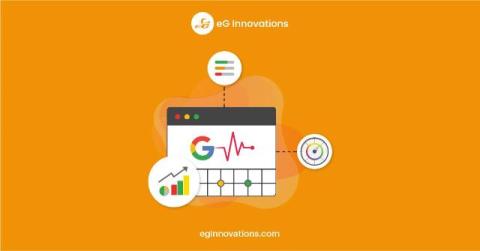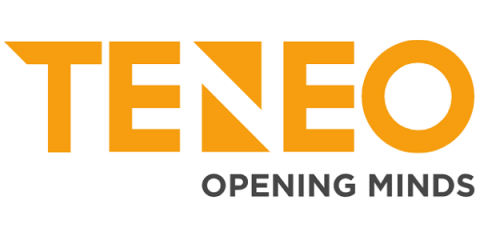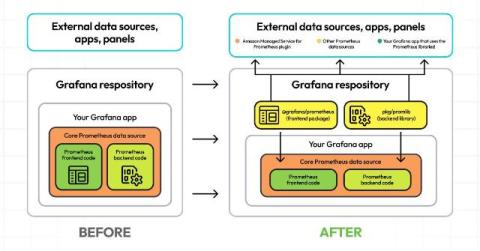Rails Community Survey 2024: AppSignal Ranks in Top 5
We're excited to share that AppSignal has once again been recognized as one of the top performance and error monitoring tools in the 2024 Ruby on Rails Community Survey. This year, we maintained our position as the fifth most popular performance monitoring tool and climbed from seventh to fourth place in the error tracking rankings. This result means that AppSignal now stands shoulder-to-shoulder alongside some much larger competitors that are backed by a combined $600 million in venture capital funding.










